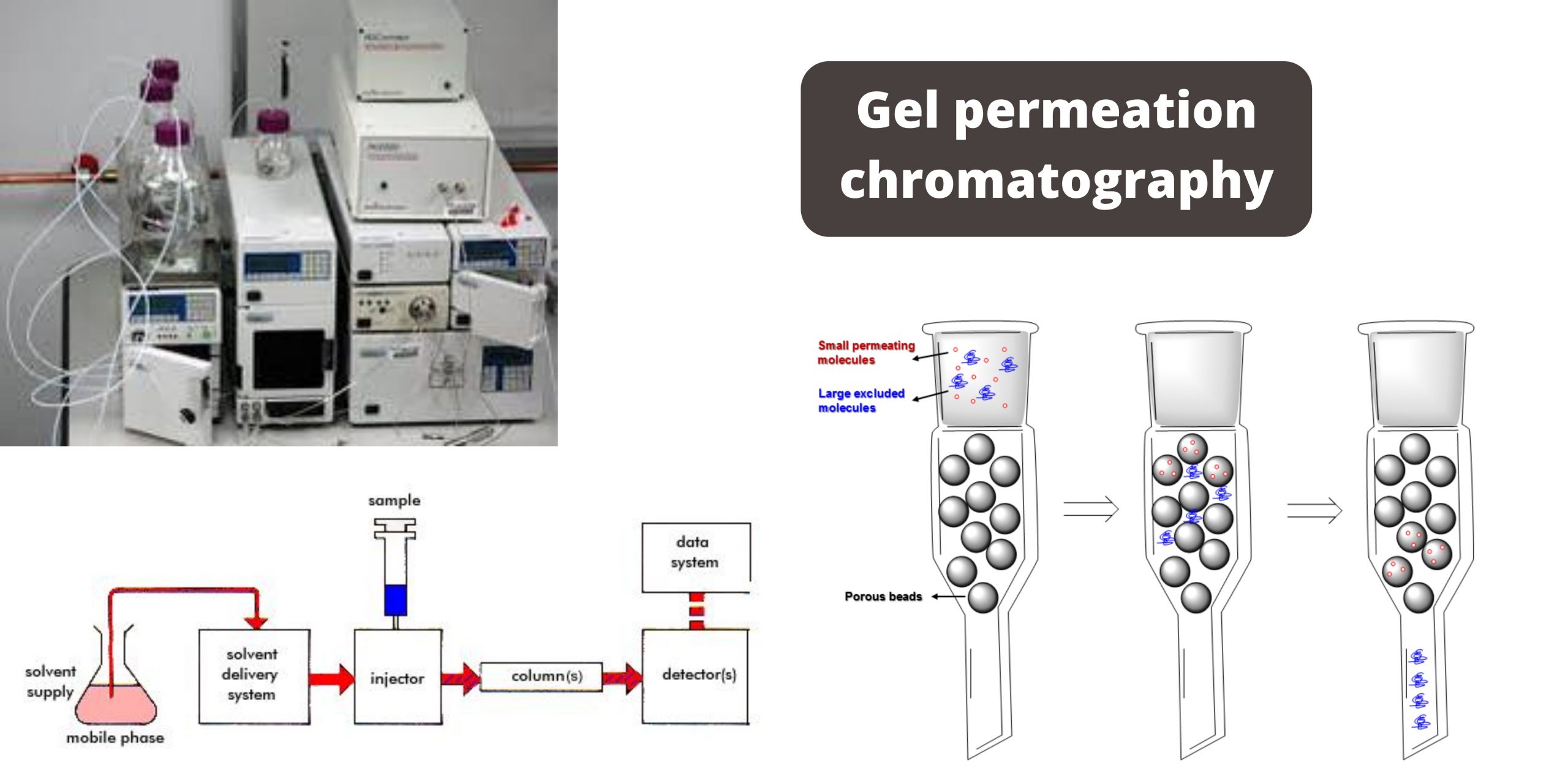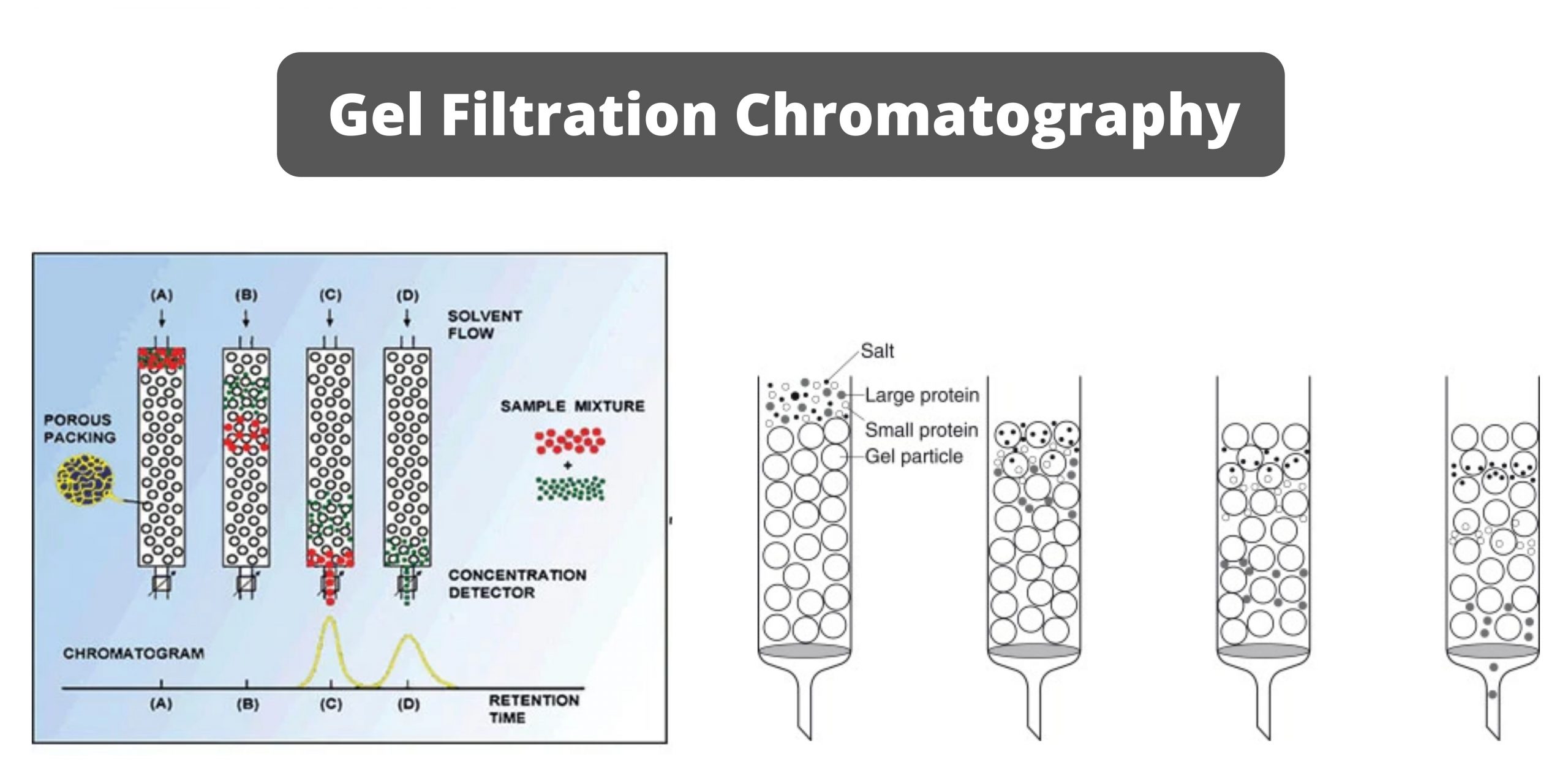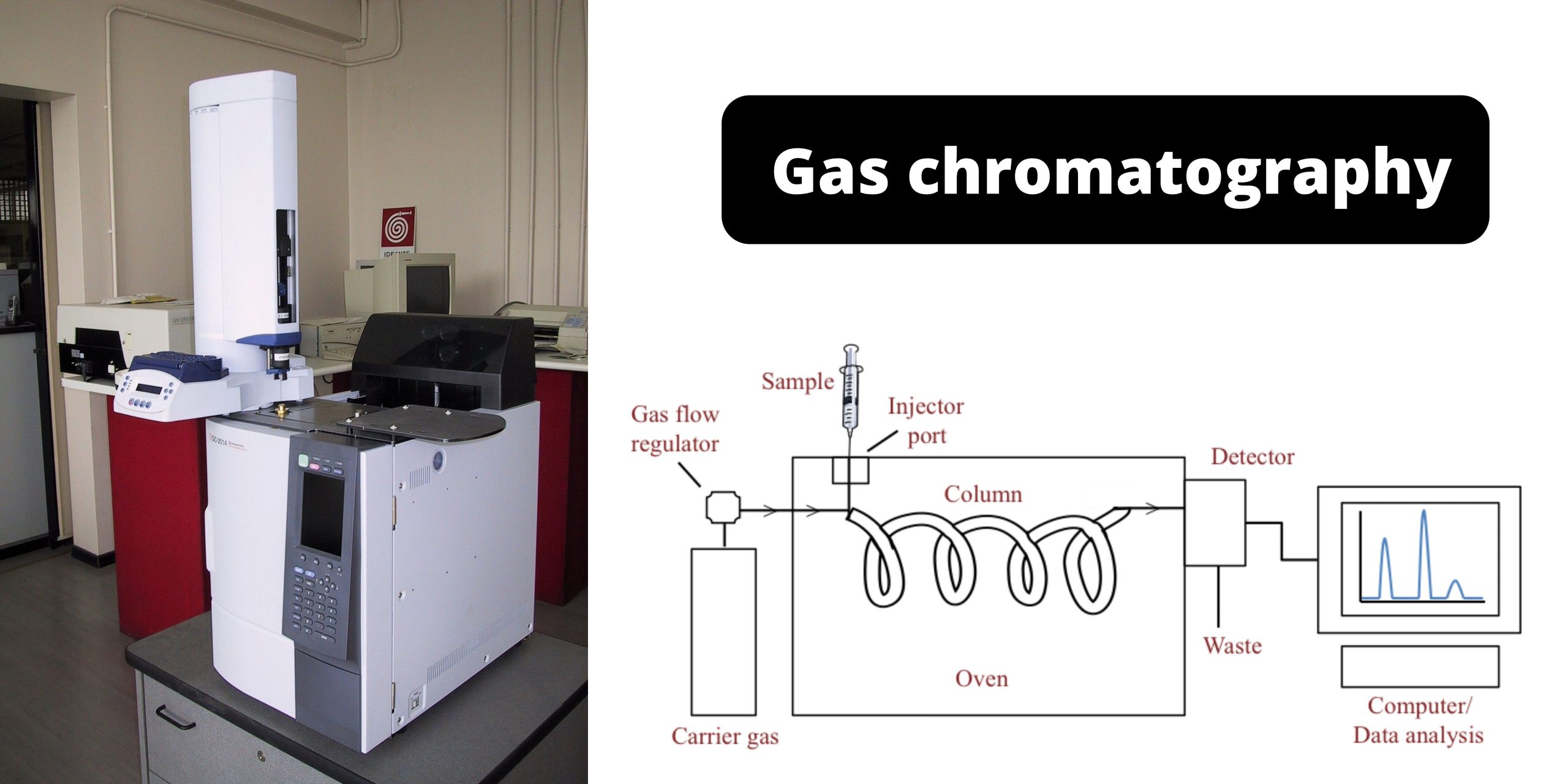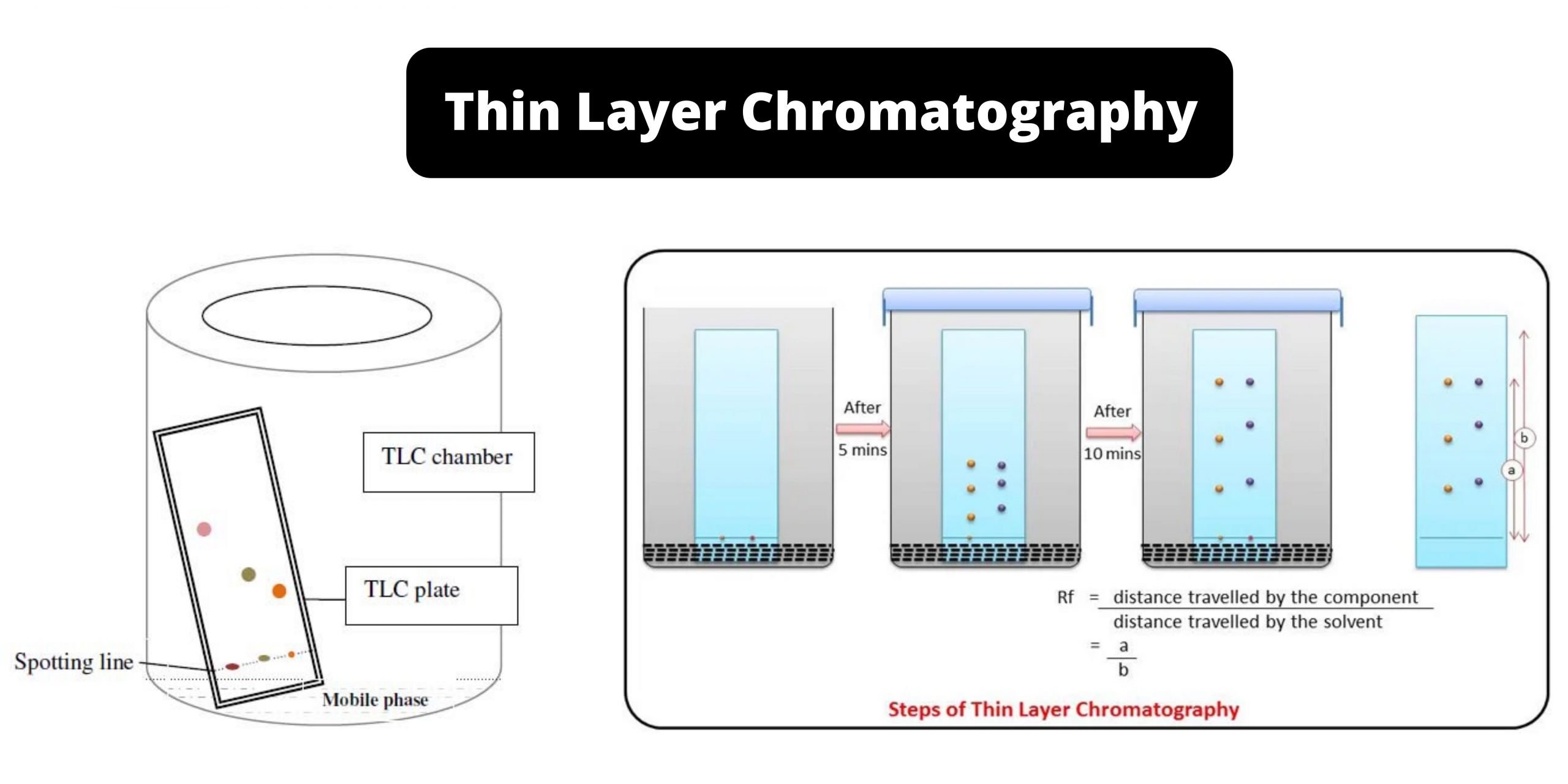Gel Permeation Chromatography – Definition, Principle, Parts, Steps, Applications
Gel permeation chromatography may also be known as gel size exclusion or filtration. For size-exclusion chromatography it is the case that stationary phases are a porous matrices made consisting of substances like cross-linked polystyrene (CLP), polyacrylamide gels, cross-linked dextrans as well as agarose gels. The separation is determined by the molecular sizes of the analytes as the gel acts as the molecular sieve.





